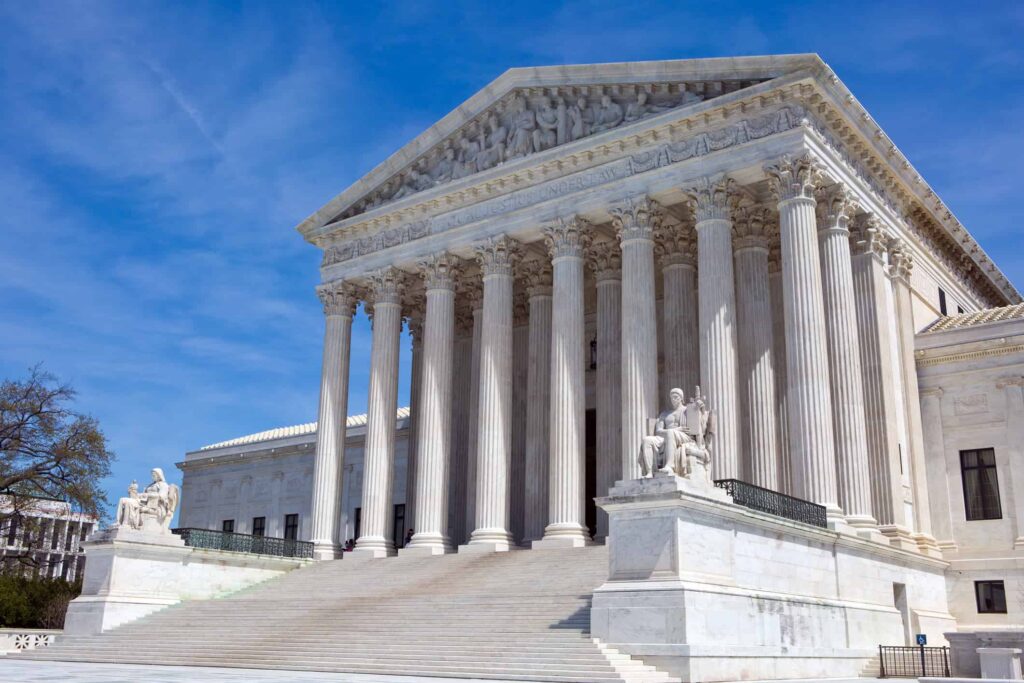With everyone suddenly an expert on extreme weather, an actual scientist threatens to spoil the fun. Dr. Judith Curry, former chair of Earth Sciences at Georgia Tech, spent much of her career on hurricane meteorology and climate modeling and her blog has begun a series on hurricane trends, causes and prospects. In Part I, “Detection” she says "Global hurricane activity since 1970 shows no significant trends in overall frequency, although there is some evidence of increasing numbers of major hurricanes and of an increase in the percentage of Category 4 and 5 hurricanes." In the North Atlantic, hurricane activity has increased since 1970, roughly to the levels of… the 1950s and 60s. But while hurricane reporting is far more complete than it used to be and the delightfully named “paleotempestology” relies on proxies, she also notes an apparent “hyperactive” period some 2,400 years long ending around 1000 AD. What? Climate is complicated?
One of the big challenges climate science has to grapple with is that our modern high-precision measurements don't go back that far. Today satellites offer real-time continuous monitoring of hurricane windspeeds. Gusts that temporarily lift the maximum speed are instantly recorded, whereas in the days of aircraft-based monitoring they might easily have been missed. And prior to aircraft monitoring (which began in the 1940s) they would definitely have been missed. In fact entire hurricane events might have been missed if they didn't make landfall and didn't cross active shipping lanes, let alone happened before detailed written history was produced in much of the world. So the record is too short to be confident that we are seeing actual trends, rather than artifacts from changing the precision of measurement.
Even if trends in modern data are spotted, it doesn't mean the system itself is changing since scientists have little idea how wide the bounds of natural variability are. Windspeed data from the early 20th century are spotty, but windspeed data from the early 12th century are non-existent. There were hurricanes back then, but how many and what categories they would be in by modern standards can only be guessed at. Thus paleotempestology tries to reconstruct measures of hurricane activity by looking at proxy measures like disturbances in sediment layers. Based on a few such analyses Curry argues that today's hurricane activity is mild compared to conditions that prevailed for several millennia up to the medieval period. And it seems that the Medieval Warm Period (yes, it’s real) saw a decline in hurricanes but not one linked to the centuries-long warming and cooling that included the Roman and Minoan warm periods with cooling between them.
The ambulance-chasing media gets great traction tying every hurricane to greenhouse gases. And thereafter, politicians and promoters of green agendas glibly invoke the damages of hurricanes as part of the so-called "costs of inaction" on climate policy. They speak as if we never had hurricanes before, and wouldn't currently if only we paid carbon taxes. The general public doesn't seem to fall for this foolish argument, but journalists and activists trot it out at every chance they get without looking at those pesky facts. One of our goals here at CDN is to displace slogans with evidence, and nowhere is this enterprise more necessary than on extreme weather rhetoric.
Curry's series is a welcome effort in this regard, and well worth following.



I recommend a Youtube article - "NASA - The "Mystery" of Antarctic Cooling"
I learned several things for example the altitude of clouds determined whether they are a cooling force or a warming force